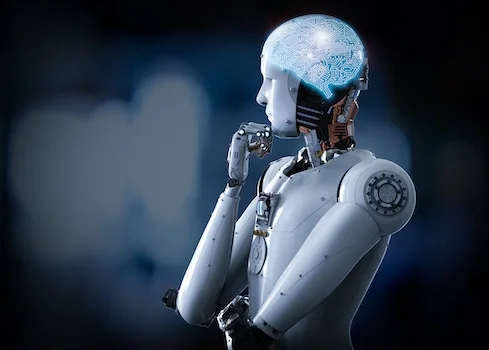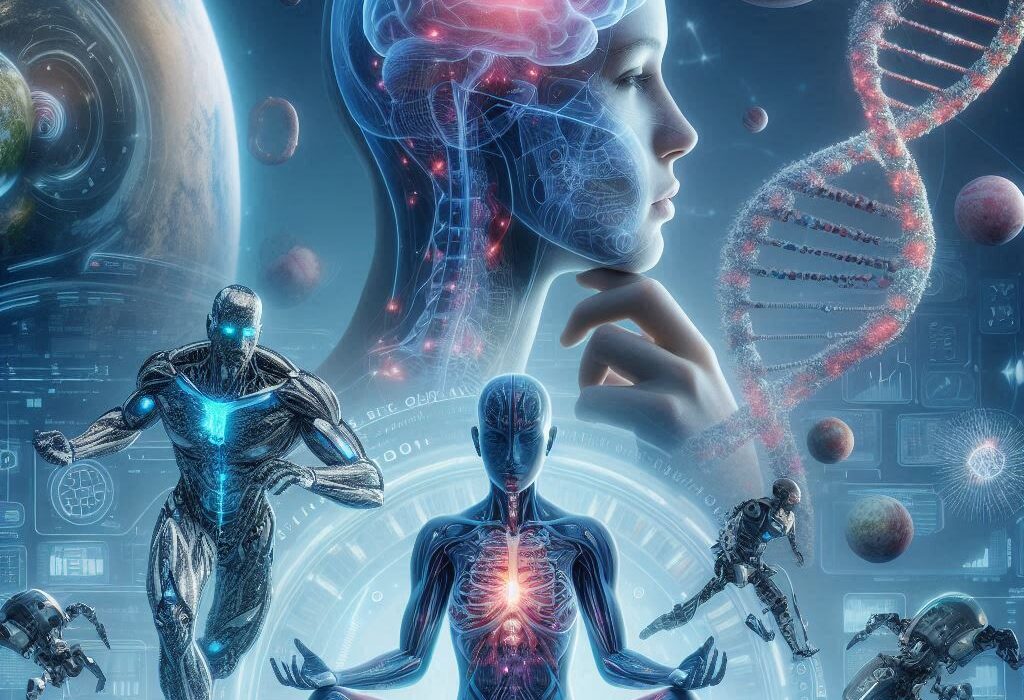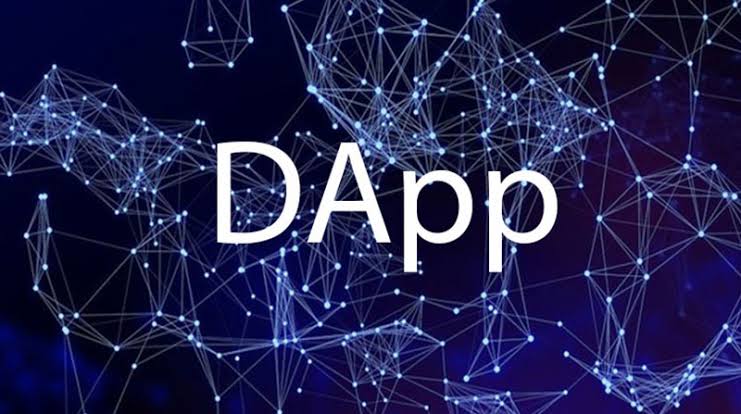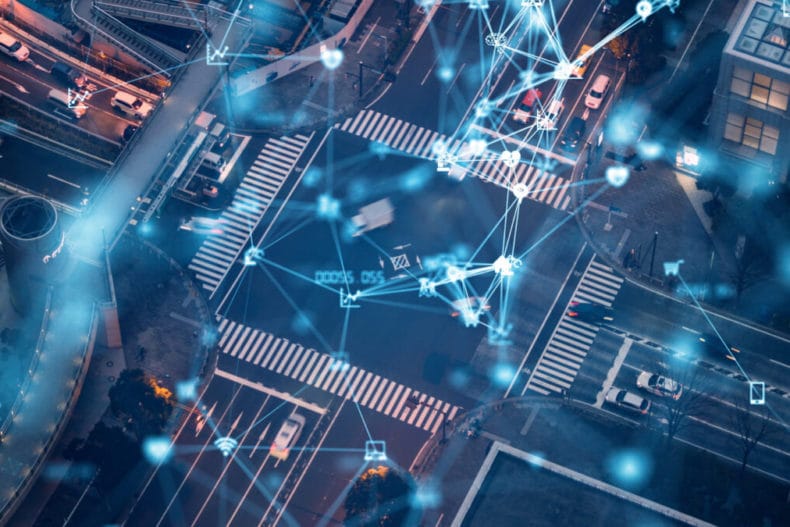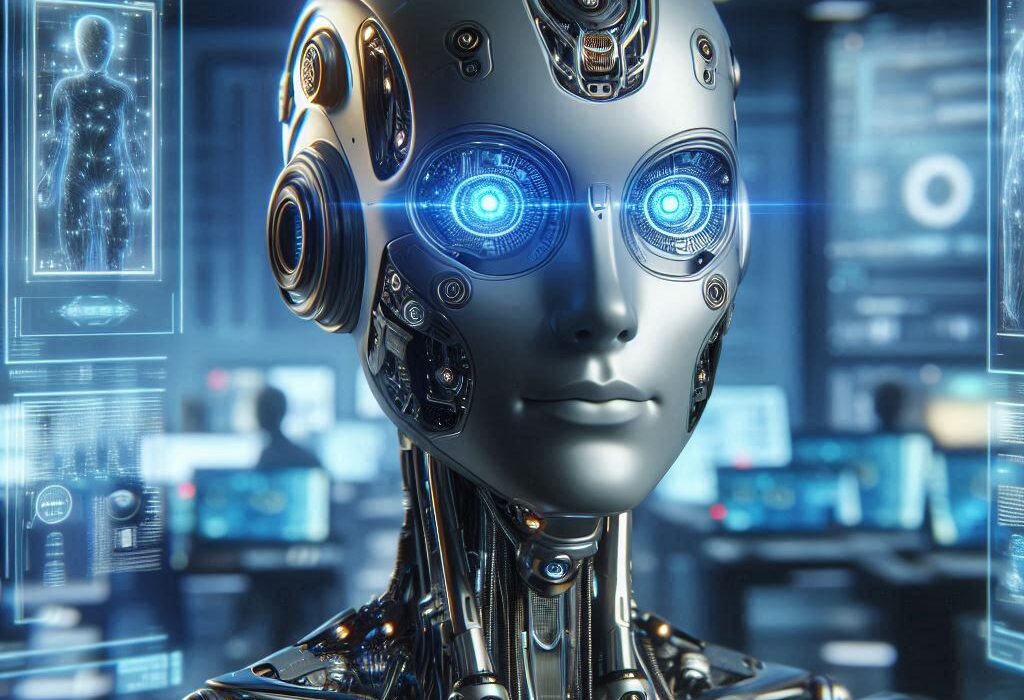There was a time when artificial intelligence felt like something out of science fiction—a distant dream populated by talking robots, sentient computers, and apocalyptic fears of machines outsmarting their makers. Fast forward to today, and AI is no longer confined to novels or Hollywood scripts. It is here, it is real, and it is woven deeply into the very fabric of our everyday lives.
From the moment we wake up to the moment we fall asleep—and sometimes even while we sleep—AI is working behind the scenes, silently improving, analyzing, predicting, assisting. It’s not just powering the future; it’s shaping the present. Whether you’re streaming a movie, navigating through traffic, or simply asking your phone about tomorrow’s weather, you’re engaging with artificial intelligence.
In this article, we’ll explore ten of the most fascinating and impactful AI applications that you probably interact with every day—sometimes without even realizing it. These stories reveal not only the technology itself but also the remarkable journey of human ingenuity that brought them to life.
1. Smart Assistants: The Voices in Our Pockets
“Hey Siri, what’s the weather today?” “Alexa, play my favorite playlist.” “Google, set a timer for 15 minutes.” These simple commands have become second nature to millions of people. But behind every spoken phrase is a symphony of artificial intelligence working in real time to understand, process, and respond.
Virtual assistants like Siri, Alexa, Google Assistant, and Cortana rely on AI technologies such as natural language processing (NLP), speech recognition, and machine learning. They parse not just the words you say, but also the context in which you say them. They learn your voice, your habits, your preferences.
The real magic lies in the evolution. Early voice assistants struggled with even basic commands. Today, they can schedule meetings, adjust smart thermostats, recommend recipes, and even engage in light conversation. With every interaction, they become more accurate, more responsive, more personalized.
These assistants are more than convenient tools—they’re a glimpse into a world where communication with machines becomes as seamless as talking to a friend. And their presence in our lives is only deepening.
2. Personalized Recommendations: When AI Knows What You Love
You’re scrolling through Netflix and suddenly see a movie that seems perfect for your mood. On Spotify, a playlist appears that captures your current vibe. Amazon recommends a gadget you never knew existed but instantly want. Coincidence? Hardly. It’s AI.
Recommendation systems are among the most powerful and ubiquitous AI applications in the modern digital world. They use deep learning, collaborative filtering, and user behavior analysis to predict what you might want before you know you want it.
These systems analyze a staggering amount of data: what you watched, how long you watched it, what others with similar tastes liked, the time of day you engage, and even your device type. It’s like having a digital twin that shops, watches, and listens on your behalf.
More than just entertainment, these algorithms shape what we consume, how we learn, and even how we think. They personalize news feeds, suggest online courses, tailor advertisements, and curate content across virtually every platform. AI doesn’t just follow your preferences—it cultivates them.
3. Smart Home Devices: The Rise of AI in Our Living Rooms
Imagine waking up to a house that gently raises the blinds as sunlight breaks, brews your coffee to your preferred strength, adjusts the temperature to your liking, and reminds you of your schedule. It might sound futuristic, but it’s already here—thanks to AI-powered smart home devices.
Smart thermostats like Nest learn your daily routines and adjust heating and cooling accordingly. AI-driven lighting systems like Philips Hue can adapt to your presence and optimize energy usage. Robot vacuum cleaners map your home, remember furniture layouts, and clean with surgical precision.
These devices learn over time. They don’t just automate; they optimize. They reduce energy bills, improve security, and offer comfort and convenience. AI-powered doorbells and surveillance systems recognize faces, detect unusual activity, and send alerts directly to your phone.
The smart home is not about gadgets—it’s about intelligent living. With AI as the silent orchestrator, your environment begins to anticipate your needs rather than merely respond to commands.
4. Navigation and Traffic Prediction: AI Behind the Wheel
There’s a reason you rarely get stuck in unexpected traffic anymore. Whether you’re using Google Maps, Waze, or Apple Maps, artificial intelligence is constantly working to keep you on the fastest route.
Navigation apps harness real-time data from millions of users, traffic cameras, and sensors. AI algorithms predict congestion, calculate alternate routes, and even suggest departure times for optimal travel. They learn from patterns—rush hours, construction schedules, event timings—and help avoid the common pitfalls of commuting.
But navigation is just the surface. AI is also powering autonomous vehicles, helping them make real-time driving decisions based on sensor data, GPS, and camera feeds. Self-parking features, adaptive cruise control, collision avoidance systems—all these are powered by machine learning models trained on millions of driving scenarios.
AI doesn’t just get you from point A to B faster—it’s redefining mobility altogether.
5. Social Media: AI in Your Feed
Why does your Instagram feed seem to know exactly what you want to see? How does Facebook suggest friends you haven’t seen in a decade? Why does TikTok feel so hypnotically addictive? It’s not magic—it’s AI.
Social media platforms are driven by recommendation engines and content-ranking algorithms powered by machine learning. These systems study your interactions: what you like, share, skip, comment on, how long you pause on a video, and even the sentiment behind your comments.
They create a dynamic, evolving portrait of your digital self—and serve you content accordingly. AI also moderates harmful content, flags misinformation, detects deepfakes, and filters spam. It even helps in generating captions, translating languages, and improving accessibility.
But there’s a double edge to this sword. The same AI that makes content irresistible can also trap users in echo chambers, fuel addiction, or prioritize engagement over well-being. Understanding this helps us use social media more mindfully—and appreciate the power AI wields behind the scenes.
6. Email and Communication: The AI That Reads (and Writes)
Every day, your email inbox is a battlefield of productivity and distraction. Thankfully, AI is on your side. It’s filtering spam, prioritizing important messages, and even drafting replies for you.
Spam filters use machine learning to recognize patterns in unwanted messages—trigger words, sender behavior, formatting. As they learn, they evolve, adapting to new threats and keeping your inbox clean.
Smart reply and autocomplete features, like those in Gmail, use natural language generation to predict your responses. They’re trained on billions of conversations and refine themselves based on your personal tone and style. What used to take minutes now takes seconds.
Translation tools, voice typing, and speech-to-text applications all rely on AI. So does grammar correction, tone analysis, and real-time collaboration in tools like Google Docs and Microsoft Word.
Every message you send or receive likely passed through the invisible hands of artificial intelligence—making modern communication faster, clearer, and more efficient.
7. Health and Wellness: AI as a Silent Healer
In the past, healthcare was reactive. Today, it’s becoming predictive—and AI is at the heart of this revolution. From fitness apps to hospital diagnostics, artificial intelligence is quietly reshaping how we approach health and wellness.
Wearable devices like smartwatches track your heart rate, sleep patterns, and activity levels. AI analyzes this data to provide personalized feedback, fitness recommendations, and even alerts for irregular heart rhythms or blood oxygen levels.
In medicine, AI models assist doctors in diagnosing diseases from images like X-rays, MRIs, and CT scans. Algorithms trained on millions of cases can spot abnormalities faster and sometimes more accurately than human radiologists.
Chatbots like those found in mental health apps provide conversational therapy, track moods, and help manage anxiety or depression. Drug discovery is accelerating thanks to machine learning models that predict which chemical compounds might be effective against certain diseases.
AI won’t replace doctors—but it is becoming one of their most powerful tools.
8. Financial Services: Your AI Accountant
Banking, investing, budgeting—AI has made the world of finance smarter, faster, and more personalized. It’s the reason your credit card alerts you about suspicious transactions within seconds, or why your budgeting app knows exactly where your money goes.
AI systems in fraud detection monitor thousands of transactions per second, recognizing anomalies and stopping theft in real time. Chatbots in banking apps answer questions, help with transfers, and manage accounts without human intervention.
Investment platforms use robo-advisors—algorithms that assess your risk tolerance, goals, and market conditions to build personalized portfolios. These platforms continually adjust strategies based on real-time data.
On the consumer side, tools like Mint or YNAB use machine learning to categorize expenses, forecast budgets, and suggest savings plans. AI makes financial literacy more accessible, democratizing tools that were once reserved for the wealthy or financially savvy.
It’s not just about money—it’s about peace of mind and smarter decisions.
9. Education: The AI Tutor in Your Pocket
Imagine a teacher who knows your strengths, weaknesses, pace of learning, and preferred style—and adjusts every lesson to match. Thanks to AI, this kind of personalized education is becoming reality.
EdTech platforms like Duolingo, Khan Academy, and Coursera use AI to recommend lessons, provide instant feedback, and adapt content to individual learners. They analyze performance, engagement, and behavior to tailor the experience.
AI-powered language apps listen to your pronunciation and offer corrections. Writing assistants help refine grammar, structure, and tone. Some tools can even detect emotional states through facial expressions and adapt teaching methods accordingly.
Virtual classrooms use AI to manage discussions, summarize lectures, and translate languages in real time. Instructors gain insight into student progress through analytics dashboards, enabling more effective teaching.
AI doesn’t replace teachers—it augments them, enabling more inclusive, customized, and effective education for learners of all ages.
10. E-Commerce and Retail: Shopping with a Sixth Sense
When you browse an online store and see product suggestions tailored to your tastes, it’s not intuition—it’s AI. When your favorite brand sends a personalized offer at just the right time, that’s also AI. From product discovery to customer service, AI is transforming retail.
Visual search allows shoppers to upload photos and find similar products. Chatbots assist with queries, handle returns, and offer style recommendations. Inventory systems use predictive algorithms to manage stock and reduce waste.
Retail giants use AI for demand forecasting, dynamic pricing, and optimizing supply chains. Small businesses use the same tech for targeted advertising, email campaigns, and customer segmentation.
In brick-and-mortar stores, AI powers self-checkout systems, customer tracking, and personalized in-store experiences. Smart mirrors allow virtual try-ons, while sensors gather data on shopper behavior.
The result? A smoother, more intuitive shopping journey that feels less like commerce and more like magic.
Conclusion: Living with AI—Consciously and Creatively
Artificial intelligence is not a distant threat or abstract concept—it is already here, living and breathing in the rhythms of our daily lives. From the way we wake up to the way we work, connect, and unwind, AI is a silent partner in almost every moment.
But with great power comes great responsibility. As AI continues to evolve, we must guide its development with care, ethics, and humanity. It is a tool—brilliant, adaptable, and powerful—but still a tool. Its value depends on how we choose to use it.
The future is not one where AI takes over, but one where humans and machines collaborate in ways that amplify our potential. The goal is not to become more like machines, but to use machines to become more human—more creative, connected, and conscious.
AI is already shaping our world. The question now is: how will we shape AI?
